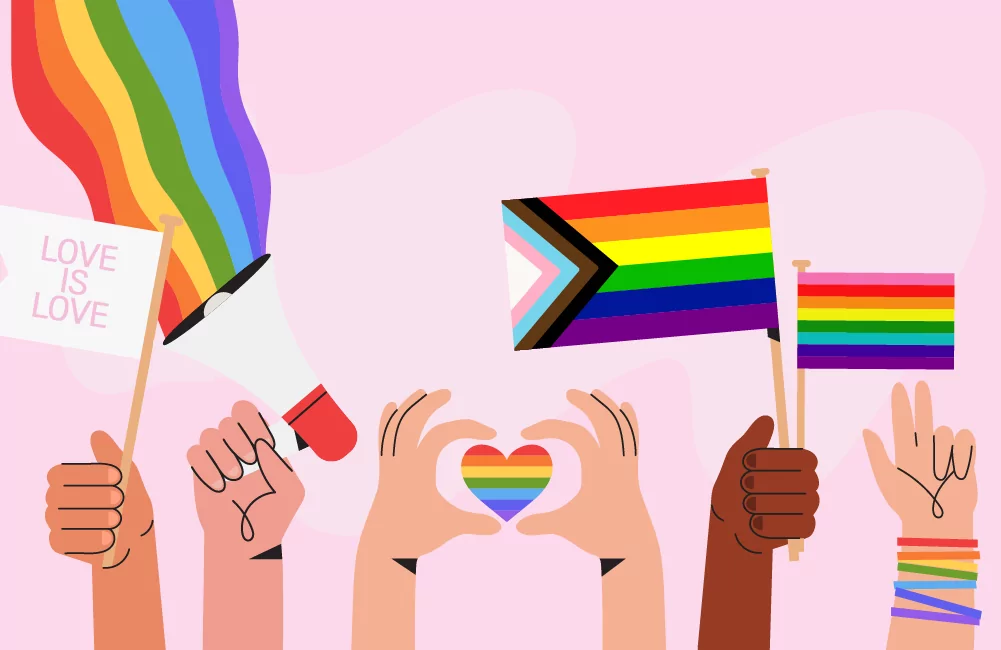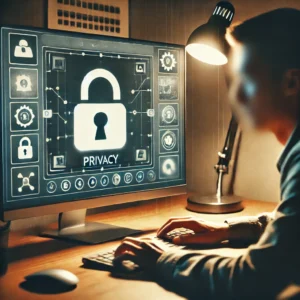
The LGBTQ+ community encompasses a wide range of identities and experiences, each with its own unique history and terminology. Understanding these identities and the challenges faced by members of the community is essential for promoting inclusivity and acceptance. In this blog post, we’ll provide an overview of LGBTQ+ identities and terminology, and explore the challenges faced by members of the community.
LGBTQ+ Identities and Terminology:
LGBTQ+ stands for lesbian, gay, bisexual, transgender, queer/questioning, and others. Here’s a brief overview of each identity:
- Lesbian: A woman who is emotionally and sexually attracted to other women.
- Gay: A man who is emotionally and sexually attracted to other men.
- Bisexual: Someone who is attracted to both men and women.
- Transgender: Someone whose gender identity does not match the gender they were assigned at birth.
- Queer/Questioning: An umbrella term used to describe individuals who identify as LGBTQ+ but don’t fit into the other categories.
- Others: This includes a wide range of identities, including asexual, intersex, and gender-nonconforming individuals.
It’s important to note that identities can be fluid and may change over time. It’s also important to respect individuals’ preferred terminology and pronouns.
Challenges Faced by the LGBTQ+ Community:
Members of the LGBTQ+ community face a range of challenges, including discrimination, violence, and lack of legal protections. Some of the challenges faced by members of the community include:
- Legal discrimination: In many countries, LGBTQ+ individuals do not have legal protections against discrimination in areas such as employment, housing, and healthcare.
- Violence: Hate crimes against LGBTQ+ individuals are still a significant problem, with many experiencing verbal and physical violence.
- Mental health: Members of the LGBTQ+ community are more likely to experience mental health issues, such as depression and anxiety, due to the challenges they face.
- Acceptance: Many LGBTQ+ individuals face rejection from their families and communities, leading to feelings of isolation and loneliness.
Conclusion:
The LGBTQ+ community is a diverse and vibrant group of individuals who have long faced discrimination and challenges. Understanding the terminology and challenges faced by members of the community is essential for promoting inclusivity and acceptance. By embracing and celebrating diversity, we can work towards a world where all individuals, regardless of their sexual orientation or gender identity, can live with dignity, respect, and love.




